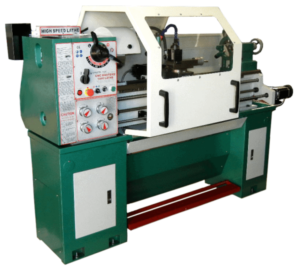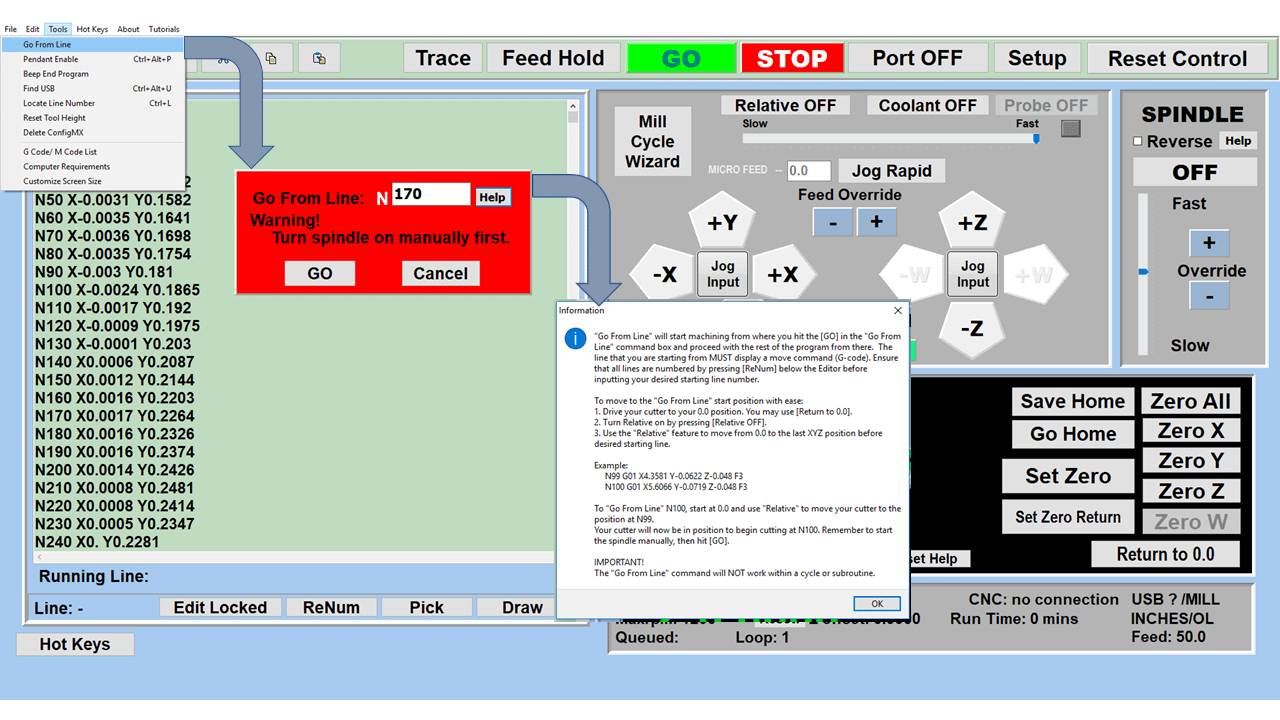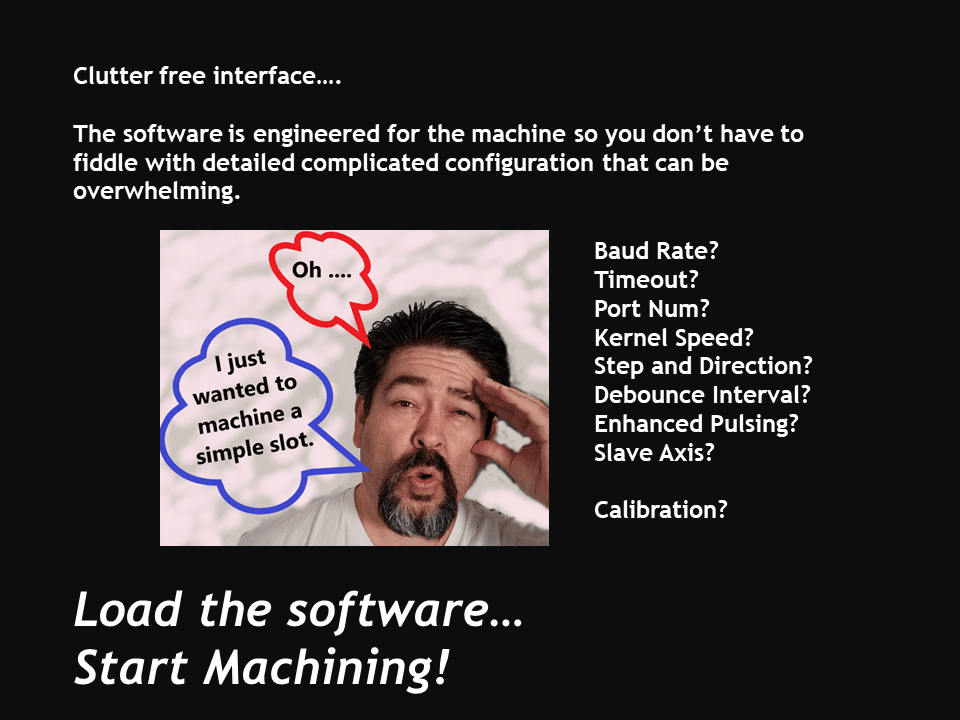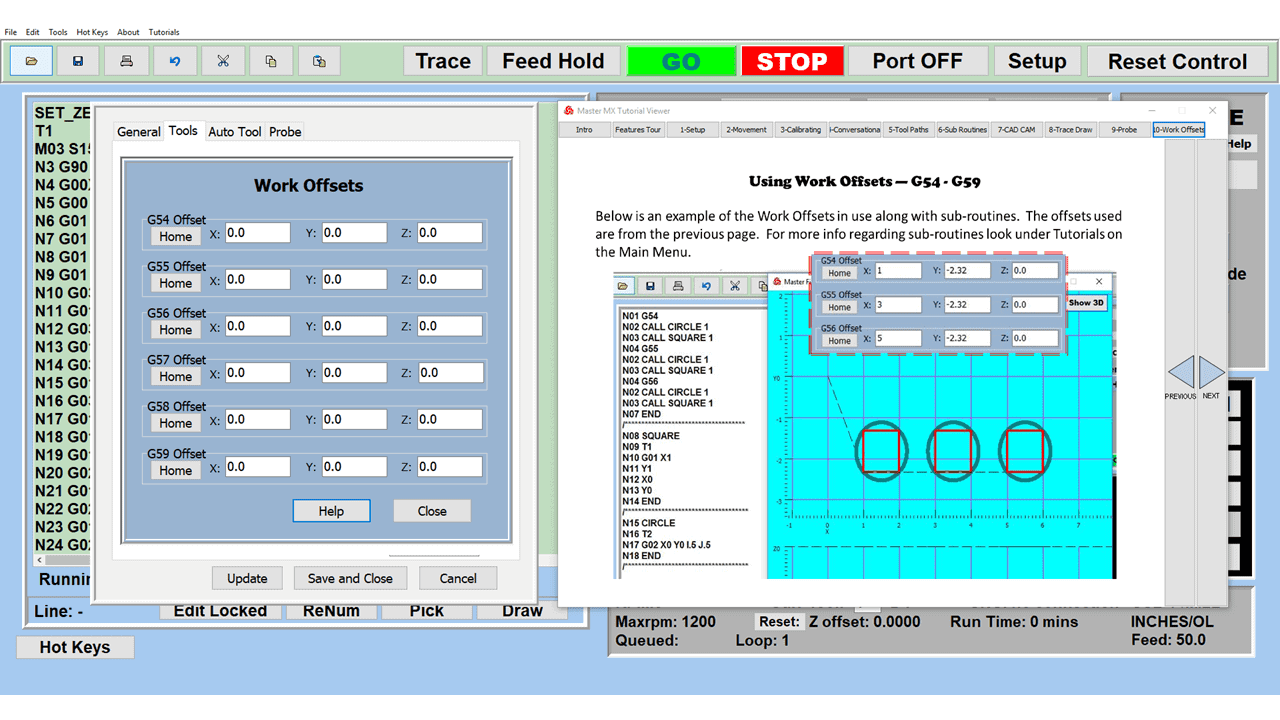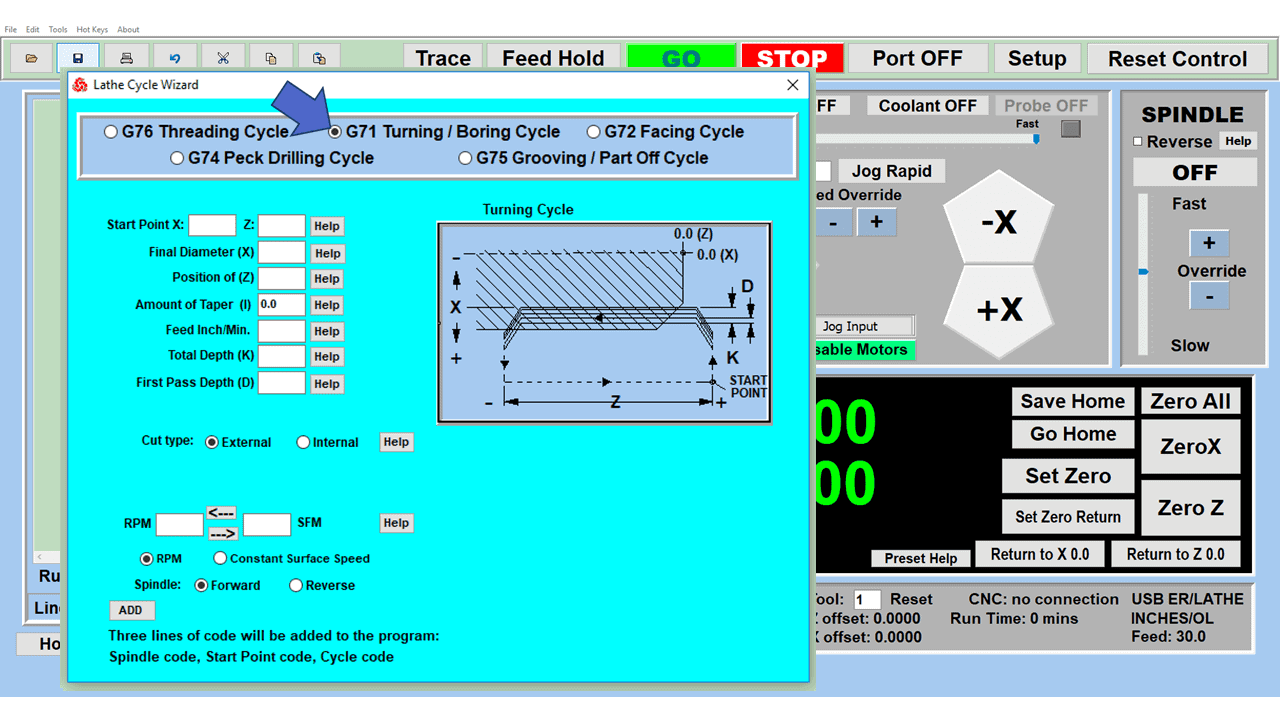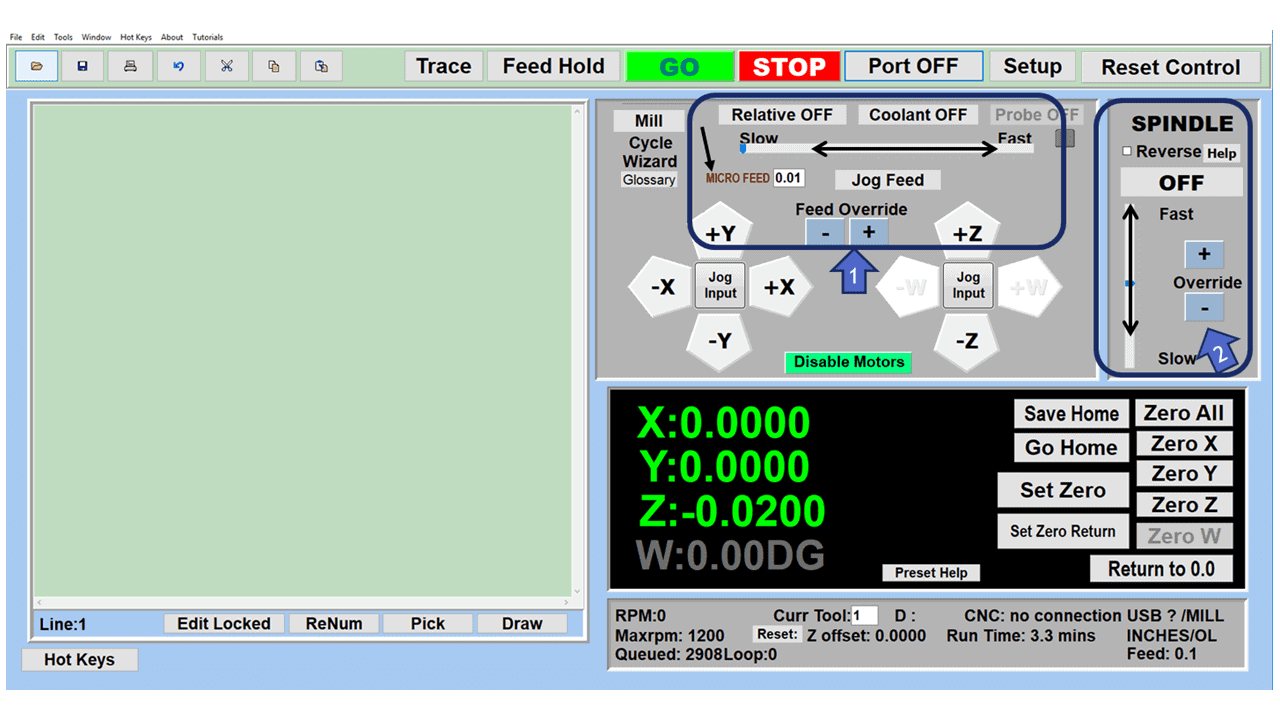Are you thinking about buying a used milling machine? Many business owners, metalworkers, home machinists, and hobbyists prefer a used milling machine because a new one is out of their price range. Fortunately, a carefully chosen used machine tool will get the job done efficiently and save you lots of money.
However, buying a used CNC milling machine or manual Bridgeport-type vertical knee mill is a significant investment. Before making the purchase, there are some essential factors to consider.
1. The Machine’s Table Size
Maybe a used desktop milling machine is all you need for your operations, but size matters if you intend to machine large metal products, parts, or components in your fabrication or machine shop. The machine’s working surface must accommodate the largest workpiece you anticipate machining, so choose a heavy-duty machine with the appropriate table size.
2. Machine Cost
Buying a used milling machine is much like buying a used car. The price depends on several factors, including mileage (in the case of a mill, that translates into hours), condition (does the machine look like it has been abused), brand name (some brands depreciate faster than others), and accessories (DRO, automatic lube, servo motors, power drawbars, etc.) tend to add to the selling price.
In some cases, searching for a used milling machine might lead you to conclude that buying a new milling machine makes more sense. For example, you can buy a brand new versatile CNC ram-type vertical knee mill, capable of CNC or manual operation, with a 10” x 54” table for under $15,000 from CNC Masters. Compare that to a Haas Mini-Mill with a smaller table size at $19,500.
3. The Machine’s Capacity
As mentioned, the machine’s table size is worth considering when shopping for a used mill. However, the work envelope is also essential since it’s the total area the CNC machine can cover moving in the X, Y, and Z axes. The work envelope of a machine determines its travel limitations, which determines the maximum part size it can produce.
Also, ensure that the machine you’re looking at can handle the total weight of any workpiece you want to machine. For example, a Bridgeport Series I knee mill with a 9” x 49” is rated for 750 lbs. while a 9” x 42” Jet mill can handle 550 lbs.
4. Consider A CNC Conversion Kit
Whether used or new, purchasing any CNC machine is a significant investment. However, almost anyone with a compatible milling machine who wants to give their machine features found in CNC machines can use a CNC conversion kit.
A conversion kit can help reduce costs even further, extend the lifespan of your mill, increase production, and provide additional safety. For specific information, please get in touch with us before purchasing a conversion kit.
5. A Power Feed on the Longitudinal (X-axis)
It would be a bonus if each axis had a power feed, but it is essential to have it on the X-axis if you plan to do slotting or surface milling. You don’t want to be cranking a handle for hours when you can have a power feed doing the cranking.
6. An Acu-Rite Digital Readout (2-Axis DRO)
You can add a digital readout to the X and Y axes later, but it would be better if the used mill already had a DRO. A DRO provides a display telling you the distance you moved the table. And even though they aren’t necessary, DROs are far superior to the time-consuming process of reading the dials on the machine. Newall is another DRO brand to consider.
7. Check Out A Mill-Drill
If you need a used milling machine that serves as a drilling machine, sometimes called a mill drill, you have narrowed down your choices. The turret milling machine, a.k.a. the Bridgeport-type vertical knee mill, is your best option if it covers all your other requirements. These versatile machines can perform various operations when you clamp the workpiece directly to the table using the t-slots or by fastening a vise to the working surface and holding smaller pieces for milling or drilling.
8. Single-phase vs 3-phase power
You probably don’t have 3-phase power at your home, so if you’re buying the used milling machine for your home shop, you’ll be limited to those that can run on standard household power. However, you can search for an industrial-grade machine if you have industrial space with 3-phase power available. Or, if you find a 3-phase machine for your home shop, you can replace that spindle motor with a single-phase unit or buy a phase converter.
9. Spindle Speeds
If you are machining materials like aluminum, soft metals, wood, or composites, make sure that you choose a machine with variable speeds with higher spindle speeds optimal for that type of work. A high-speed head could make the difference between buying or moving on to the next mill.
10. Warranty
Buying a used milling machine is an investment. Lightly used machines may have a nice discount, but what about a warranty?
Not all manufacturers will include one, but buying a machine under warranty or obtaining a warranty is a great way to protect yourself if the machine has unknown issues.
11. Longitudinal, Saddle, and Knee Travel Limits
Investigate the travel limits of the longitudinal (X-axis), saddle (Y-axis), and knee travel (Z-axis) to ensure the machine tool can cover the dimensions of a typical workpiece. Otherwise, you’ll spend too much time unclamping and moving the material to reach the entire work surface. If you’re looking at a Bridgeport-type vertical milling machine, remember you’ll have a moveable ram and a turret that swivels to cover even more of the workpiece.
12. Milling Machine Uses
If you want or need a CNC vertical or horizontal milling machine with CNC control, now is the time to decide. A quality used Bridgeport Series I vertical knee mill might have everything you need if you’re mainly doing repair or jobbing shop work. On the other hand, if you’re hoping to get into production work or complex parts, the CNC milling machine is the way to go, or you should consider it seriously.
13. How will you receive your CNC machine?
If you’re buying online from a trusted CNC machine company, chances are they’ll arrange to ship. But some CNC machines are quite large. And even if the machine is picked up in your local area or state, you may need to hire a heavy equipment shipping company to bring the machine home.
If you’re buying overseas from China or another area, you’ll need to make sure you have a reliable transport plan in place.
Should You Buy a Big Brand Name?
Brand names influence many purchasing decisions, but how much do they matter? You might recognize words like Sharp, Acer E-Mill 3VKH, Bridgeport Series I and Series II, the Cincinnati Horizontal Milling Machine, or one of the Haas brands of CNC machine tools.
You’ll also run into brands you don’t recognize: Acra, Jet, Trak, Lagun, Kent, Atrump, Birmingham, and Kearney & Trecker, for example. For instance, you might prefer a used milling machine manufactured in the U.S. over one made in Taiwan. In theory, any manufacturer might design and manufacture quality machines, so you should be careful not to eliminate a machine using the wrong criteria.
Although a used milling machine brand that withstood the test of time has the best chance of being a respected brand, don’t pick your next used milling machine solely on its brand name. After all, Hardinge now manufactures the Bridgeport mill, so there are many more factors to consider, including the machine’s features, warranty, and overall condition.
What Different Types Of Milling Machines Are Most Common?
Depending on the type of milling you will be doing, you will probably choose from the following:
Vertical milling machines
Vertical milling machines use cutting tools that are perpendicular to the worktable for face milling flat surfaces, grooves, keyways, and slots on a workpiece. The table moves up and down (Z-axis) and feeds in the X-axis and Y-axis (left-to-right and in-and-out). Metals, plastics, and other materials are typically machined on a vertical mill.
Horizontal milling machine
As the name suggests, a horizontal milling machine’s spindle parallels the worktable’s surface, requiring different tooling for specific operations. The machines are sturdier than vertical mills, allowing for heavier and larger workpieces with a horizontal milling machine. Like the vertical mill, the table moves left-to-right (X-axis), in-and-out (Y-axis), and up-and-down (Z-axis).
Bed-type mills
A bed-type milling machine features a large base (bed) on which the workpiece is clamped. The cutting tools are mounted on a vertical or horizontal spindle that moves along a bed fixed on the Z-axis. Bed mills offer greater stability than others and are designed for heavy-duty work on larger and heavier workpieces. They are commonly used in manufacturing large parts for the aerospace, automotive, and construction industries, as well as for producing dies and molds.
Turret milling machines
The Bridgeport-type milling machine w/DRO (a.k.a. ram-type vertical knee mills) is a versatile and accurate mill model that performs various operations. In addition to milling operations, turret mills can drill, tap, and bore. And tool changes are significantly faster by adding a power drawbar and R8 collets.
Universal Milling Machine
The universal milling machine can perform various operations, especially by adding a rotary table or dividing head. The table pivots 45 degrees from both sides for even greater versatility. The machine is transformed from a universal horizontal milling machine into a vertical milling machine by removing the arbor support brackets and the horizontal arbor and attaching a vertical milling head. The transformation increases the operations the machine can perform.
CNC Milling Machine
CNC milling combines computer numerical control machining systems and a cutting tool on a rotating spindle to remove material from a workpiece clamped on a working surface or in a vise. A multiple-axis CNC can create complex shapes without moving the workpiece to another machine tool for secondary operations.
CNC machining centers milling is incredibly precise and can be programmed to perform complex processes like cutting intricate shapes with little human interference. All parts machined with a CNC milling machine will be uniform, meaning consistency over large production runs and few mistakes requiring costly repairs.
You Could Buy a High-Quality New CNC Milling Machine for Not Much More Than a Used Milling Machine
The professionals at CNC Masters believe you should be able to have a CNC milling machine or lathe without destroying your budget. After determining the features you want in a used milling machine, check out our lineup of new machine tools you could add to your shop. These machines will provide you with all the power and versatility you’ll need to take your business to the next level.
All CNC Masters machines are made in the USA and backed by our one-year limited warranty, so it’s a brand you can trust. We provide excellent and reliable customer support from knowledgeable technicians ready to serve you and answer all your questions. You will always be talking to someone who completely understands our product line.
Contact CNC Masters today and watch your profits soar!

